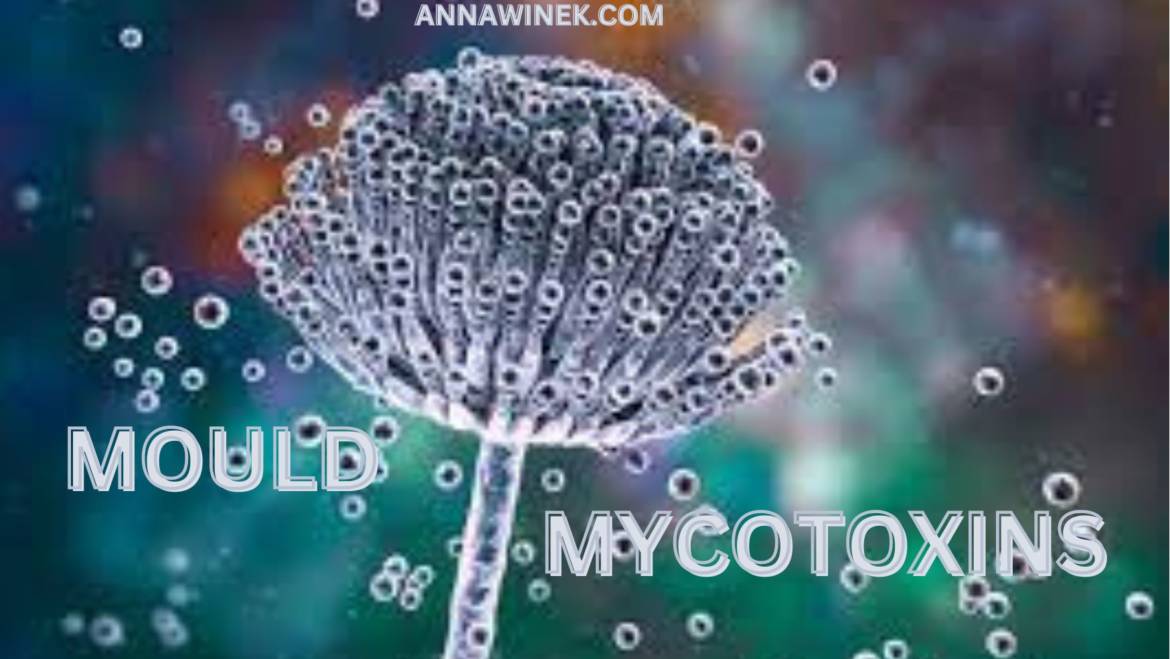Mould is an ever-present concern in indoor environments, lurking in corners, carpets, and even the air we breathe. While often overlooked, mould can pose serious health risks, ranging from mild allergies to severe respiratory conditions. Understanding the various types of mould, their associated dangers, mycotoxins, and how to identify and test for them is crucial for maintaining a healthy indoor environment.
Types of Indoor Mould and Associated Dangers
- Alternaria
- Where it’s found: Commonly found in carpets, textiles, and window frames.
- Health risks: Associated with respiratory issues such as asthma, sinusitis, and skin infections.
- Aspergillus
- Where it’s found: Common contaminant of food and indoor surfaces.
- Health risks: Can trigger allergies and cause pulmonary diseases, especially in immunocompromised individuals.
- Aureobasidium
- Where it’s found: Thrives in moist environments.
- Health risks: Can cause dermatitis, and pulmonary infections, and may affect individuals with compromised immune systems.
- Botrytis
- Where it’s found: Parasitic on plants and fruits.
- Health risks: Generally allergenic but not associated with toxic or invasive diseases in humans.
- Chaetomium
- Where it’s found: Commonly found in water-damaged areas.
- Health risks: Allergenic and potentially aggressive as a pathogen.
- Cladosporium
- Where it’s found: Common on dead plants, woody plants, and textiles.
- Health risks: Commonly causes allergic reactions and respiratory issues like asthma.
- Fusarium
- Where it’s found: Found in soil and humidifiers.
- Health risks: Produces toxins leading to severe symptoms including gastrointestinal distress and internal bleeding.
- Stachybotrys
- Where it’s found: Slow-growing fungus on building materials with high cellulose content.
- Health risks: Produces trichothecene mycotoxins, causing a range of symptoms from respiratory issues to immune suppression, and even liver and kidney damage.
- Trichoderma
- Where it’s found: Commonly found in soil and on decaying organic matter.
- Health risks: Triggers allergies and degrades cellulose.
- Ulocladium
- Where it’s found: Isolated from dead plants and textiles.
- Health risks: Causes allergic reactions and flu-like symptoms.
Understanding Mycotoxins and Health Concerns
Mycotoxins are toxic substances produced by certain moulds under specific conditions. Exposure to mycotoxins can lead to a wide range of adverse health effects, including respiratory issues, immune suppression, MCAS & Histamine Intolerance, chemical sensitivity, ME, chronic fatigue syndrome and neurological conditions. Symptoms linked to mycotoxin exposure include fever, pneumonia-like symptoms, heart disease, rheumatic disease, asthma, sinusitis, nose bleeding, cancer, memory loss, vision loss, chronic fatigue, skin rashes, depression, ADHD, anxiety, and liver damage.
Testing for Mycotoxins
For individuals presenting health concerns related to mycotoxin exposure, testing for mycotoxins may be warranted. One of the tests The GPL-MycoTOX is a comprehensive mycotoxin test that screens for eleven mycotoxins and forty species of mould from a single urine sample. This test can provide valuable insights into potential mycotoxin exposure and help guide appropriate treatment and remediation measures. Another one is The RealTimeLabs Mycotoxin Panel E8400 test detects 16 different mycotoxins, including 9 macrocyclic trichothecenes. These are particularly important as they are known to be highly toxic and are produced by species such as Stachybotrys (“black mould”), shown to be present in mould-contaminated buildings.
Conclusion
Indoor mould presents various health risks, including the production of mycotoxins, which can lead to a wide range of adverse health effects. Regular inspection, prompt remediation of water damage, and proper ventilation are crucial steps in preventing mould growth and safeguarding indoor air quality. When in doubt, consulting with a healthcare professional and considering mycotoxin testing may be necessary for individuals experiencing symptoms associated with mould exposure.

